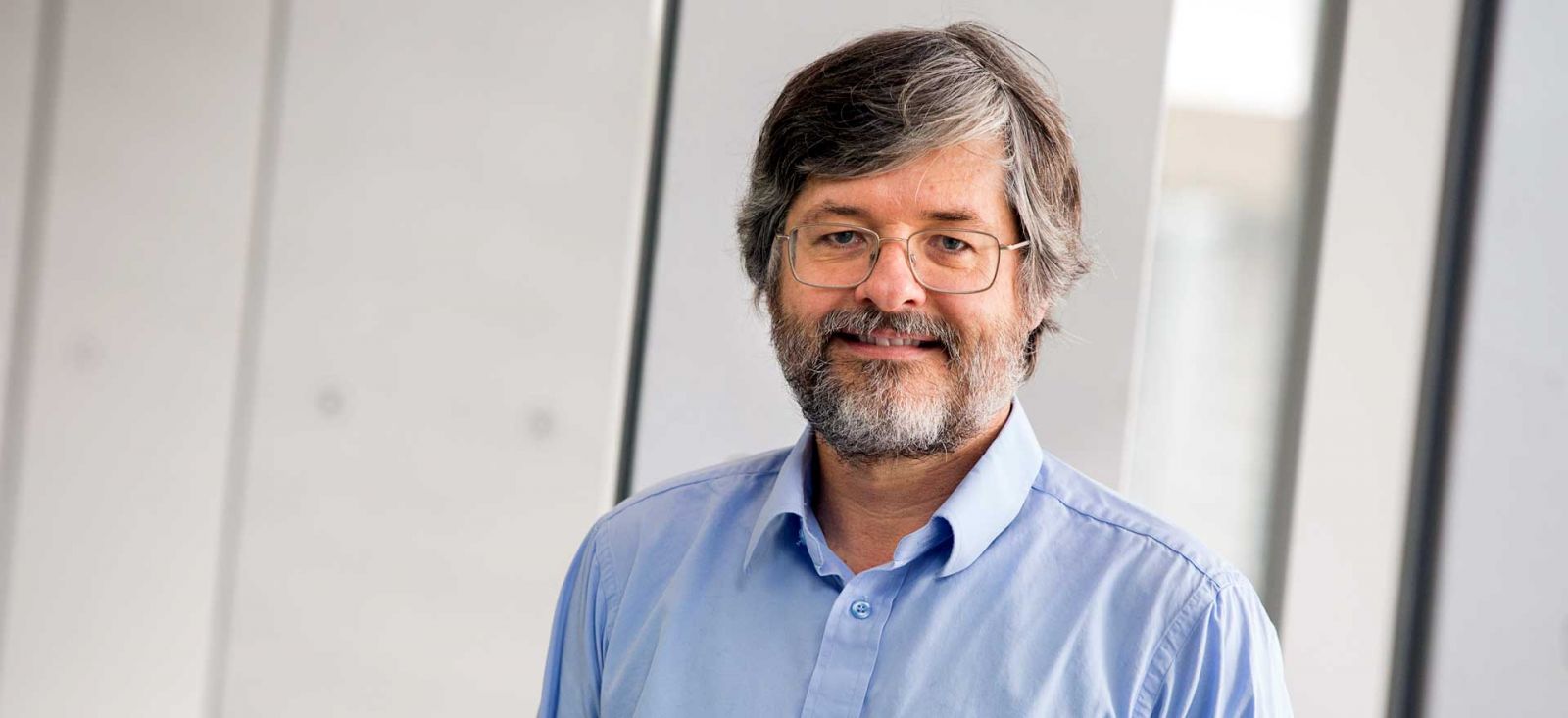Director's Blog - 5 May 2017 - Science goes public

As scientists we do not exist in ‘silos’. The days of the ‘ivory tower’ science are over and as scientists we are called upon to engage with the public, with government and with industry.
This April's ‘March for Science’ was particularly heartening, not only for its participation of scientists across the country, but also for the large numbers of members of general public who turned up to support science.
Signs read: “What do we want? Science-based policy. When do we want it? After peer review!”; “Girls just wanna have fun(ding for their research)” and “At the start of every disaster movie, there’s a scientist being ignored.”
Despite the jumble of agendas and messages at such rallies, it certainly demonstrated the support and respect that science enjoys from the public, despite, or maybe because of the current phenomenon of ‘fake news’ and ‘alternative facts’.
The public purse funds science and the public has a right to know what we do. The public can hope to be beneficiaries of the outcomes of research, such as better treatments for diseases, but also through the development of sound evidence-based policies that benefit society. For this to occur, science needs to engage with government.
However, often for a successful discourse with Government it is very important to remain “non-partisan” and this was a mantra of many of the March for Science events around the world. It is also important to stay on message with evidence-based arguments. This was highlighted by the official statement by President Donald Trump on the March for Science day in which he said his administration "is committed to keeping our air and water clean, to preserving our forests, lakes, and open spaces, and to protecting endangered species." But importantly he added that science depends "on a spirit of honest inquiry and robust debate," not "on ideology." Perceptions can mean everything!
In January 1958 Sir Robert Menzieslaid the foundation stone of the Australian Academy of Sciences building in Canberra. He supported the concept of an academy at the time and the Commonwealth Government has, since Menzies, supported the Academy with an annual grant to enable Australian participation in the activities of the International Scientific Unions, and also to aid its general activities in the interests of Australian science. Also, Prime Ministers used to regularly meet and have talks with the head of the Academy of Sciences. Indeed, Menzies held some cabinet meetings in the Academy building during his Prime Ministership.
These days that does not happen, so we need to find other ways to engage with the government. I recently attended a meeting of the National Committees for Science and Science Communication was an important topic on the agenda, as well as the challenge of engaging with politicians. It was estimated that only ~20 of the 250 (federal) government MPs have some sort of science background. Although, we most often approach government asking for research funding, we can be most effective when we seek to form a partnership and relationships and when as scientists we speak with a common voice.
Events such as the annual ‘Science Meets Parliament’ and BioMedVic’s ‘Researchers in Residence’ program are opportunities to learn about how politics works and to engage directly with politicians. But it is through our public engagement that we draw the attention of politicians.
Through the advent of social media, it has never been easier to engage with the public about your research: Twitter is King!
Bio21 has for the past two years opened our doors over a weekend to the general public in the City of Melbourne’s Open House. We engage with school children through the work experience program, the CSIRO’s Scientists in Schools program; school tours and through the ‘Seeing is Believing’ event as part of National Science Week, just to name a few. I encourage you, as scientists, in the public realm, in the media, at the dinner table, your local school, or through the opportunities offered here at Bio21 to find your voice and to engage with the public, government and community about what you do. Thank you to all the members of the Bio21 community who have participated and supported engagement activities at the Institute.
Professor Michael Parker
Director, Bio21 Institute

